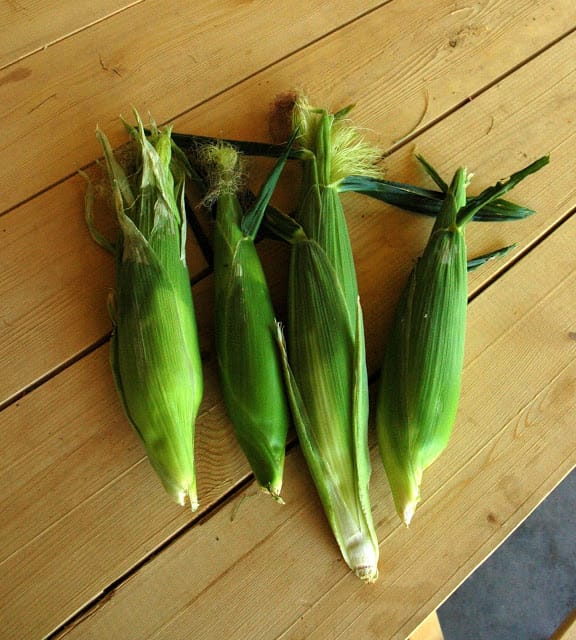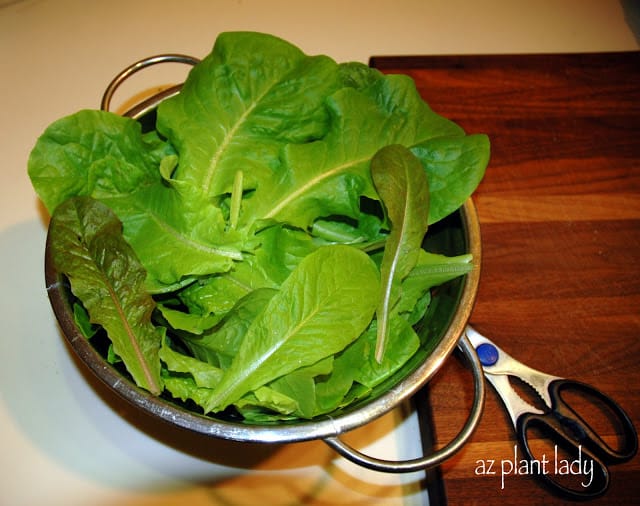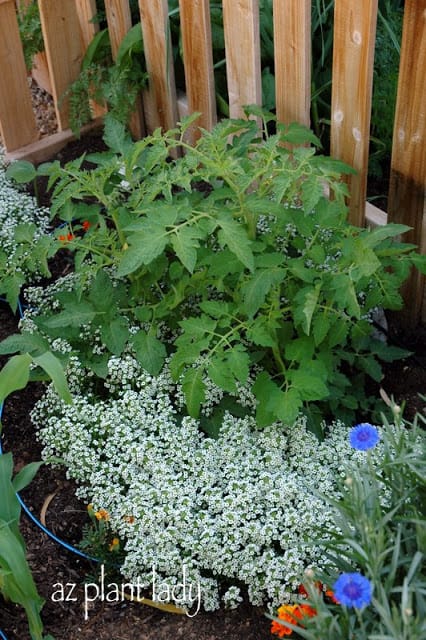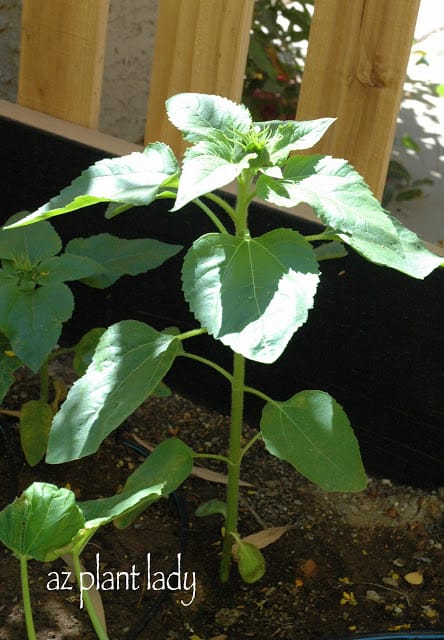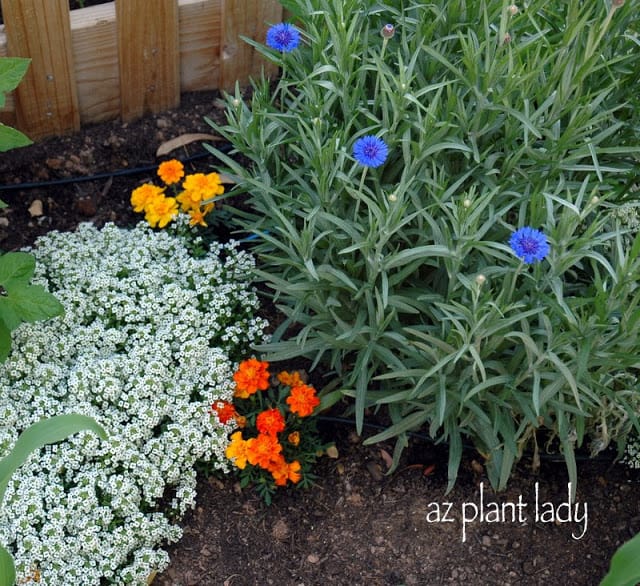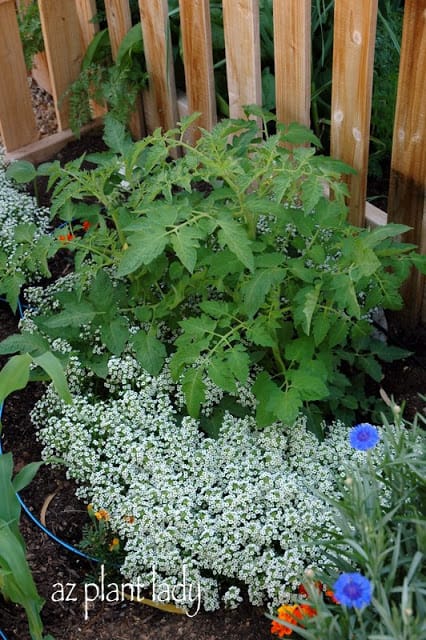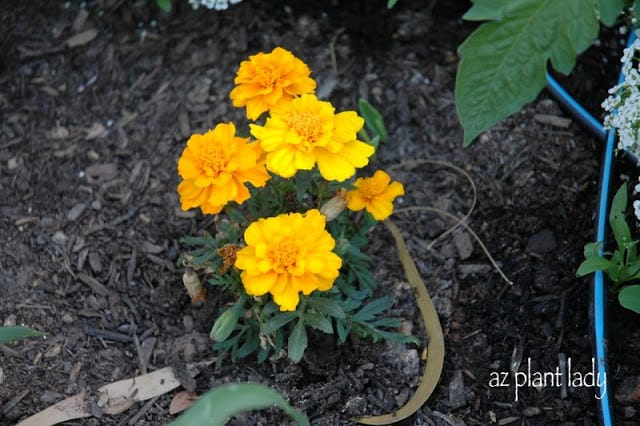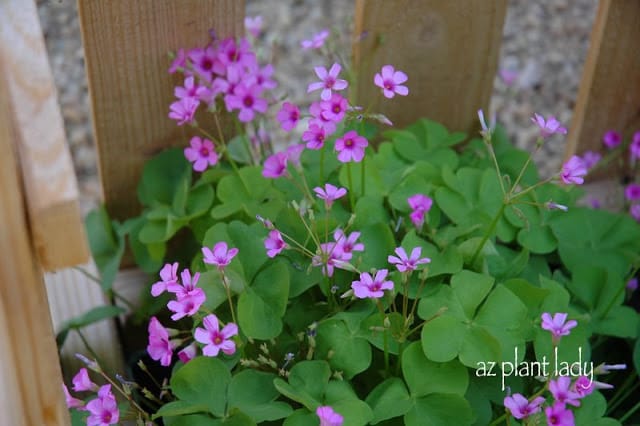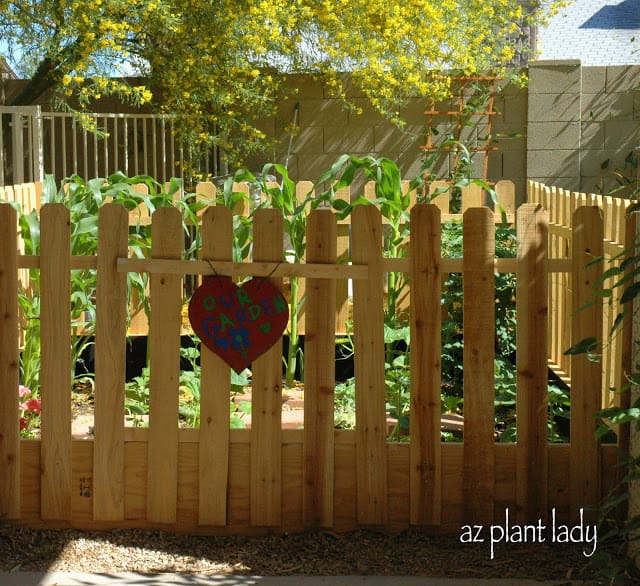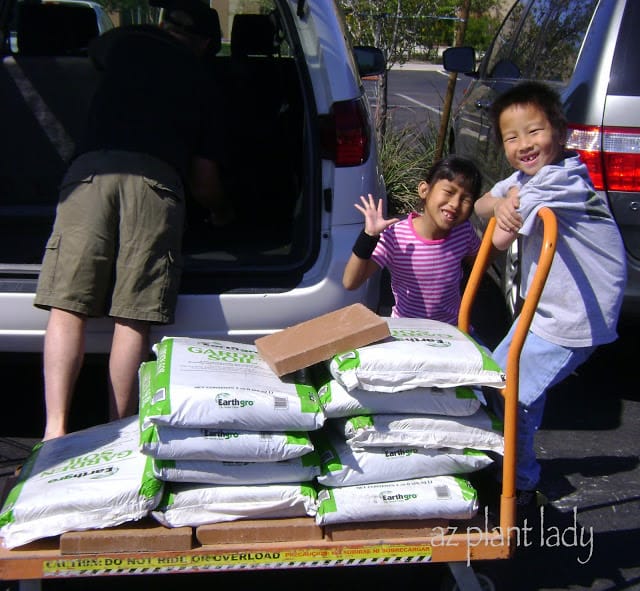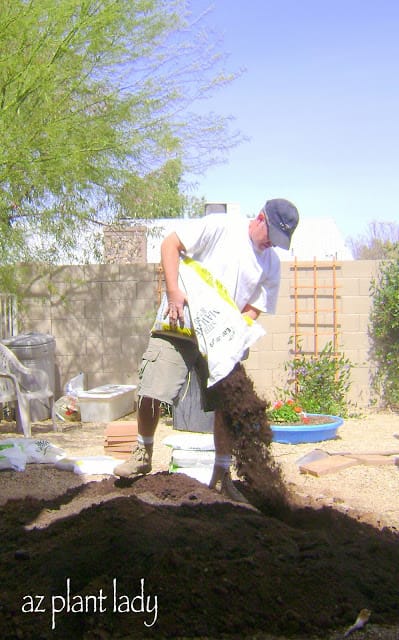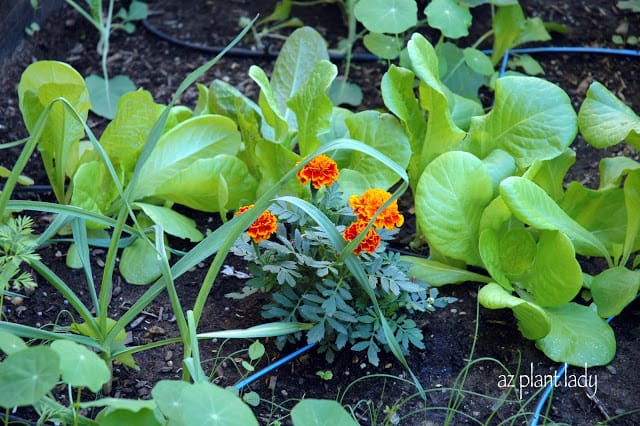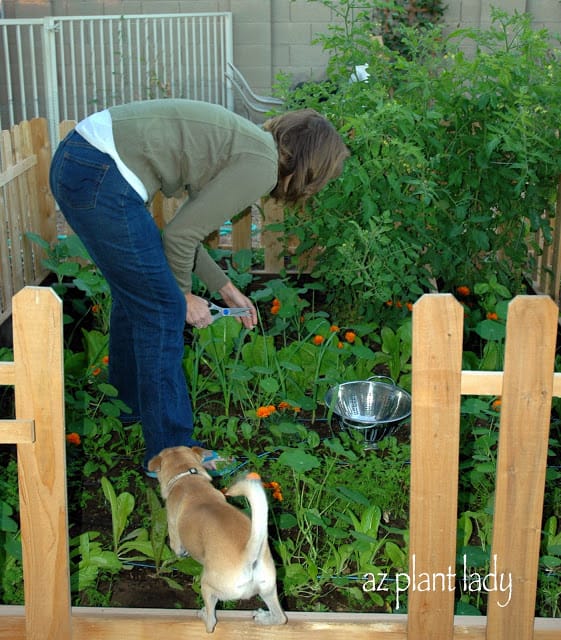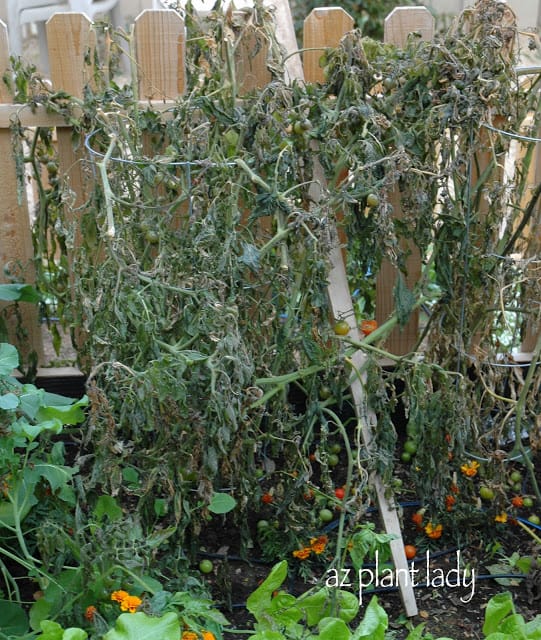I think that there are few plants that gardeners get more excited about than growing tomatoes. There is just something so rewarding about biting into a juicy, flavorful tomato.
For those of you who have tasted a freshly grown tomato, you know that store-bought tomatoes do not even begin to compare in both taste and texture. There are a few reasons for this. First, the varieties grown commercially are bred to have tougher skins, so that they can make the trip to the grocery store with few blemishes. Another reason is that commercial tomatoes are picked when they are still green and then treated with ethylene gas to make them turn red.
So, maybe you have decided to try growing tomatoes this year. Or, perhaps you have tried and have not had a whole lot of success. Well, I would like to give you some helpful tips that may help you to grow beautiful tomatoes.
Now, most gardeners who grow tomatoes have their list of tips for producing the best tomatoes, and many have differing opinions on the best way. But like growing many things, there is often more than one right way to grow things.
Since I have only grown tomato transplants, that is what I will talk about. Although someday, I would like to start them from seed.
Decide where to plant your tomatoes.
Tomatoes transplants can be planted once the threat of frost is over. Place them in an area that receives about 6 hours of sunlight a day. They will require shade once the fruit begins to form, which can be done by creating a portable shade structure. I use 30 – 50% shade cloth, putting it over my tomato support.
By the way, tomato plants can grow up to 6 ft. tall, so they do need a support system. Tomato cages or stakes are available. Because I plant my tomatoes next to the fence of my vegetable garden, I use a combination of a tomato cage and my fence for staking my tomato plants.
*Tomatoes really don’t do great when planted in containers, unless you decide to plant a determinate variety (bloom and produce tomatoes just once). Roma tomatoes are determinate and would be a good selection for pots. Other types of tomatoes are indeterminate, which means that they produce tomatoes over a long period and the tomato plants get too large to do well in a container, and their roots get quite hot as well.
Prepare your soil.
Add aged compost, bone meal (source of phosphorus), blood meal (source of nitrogen), and aged (composted) steer or chicken manure and mix with your existing soil. Read the labels of your blood & bone meal for how much to add. Compost should make up at least 2/3 of your planting mixture. Let your prepared soil rest for 1 week before planting.
Select your tomatoes – this is the fun part.
Decide what uses you will put your tomatoes too. Do you want tomatoes for slicing, salads, cooking, or cherry tomatoes?
*You may also be wondering what all the fuss is about heirloom tomatoes and how are they different from hybrid tomatoes? Well, basically, heirloom tomatoes are non-hybrid tomatoes and can be open-pollinated. Heirloom tomatoes are said to possess the ‘old-fashioned’ flavor that many people love in tomatoes and are grown from seed.
As a gardener, you can grow either heirloom or regular hybrid tomatoes. It is your choice.
A good beginner tomato to start out with are cherry tomatoes. In my garden, I have used a variety that is great for making sauces – San Marzano (heirloom), although Roma (heirloom) tomatoes are good for cooking and preserving as well.
Many people are very passionate about which type of tomato varieties that they like to grow. In addition to the cooking tomato varieties listed above, here are just a few suggestions for other types of tomatoes:
‘Celebrity’ (hybrid) and ‘Brandywine’ (heirloom), are good sliced tomato varieties.
‘Stupice’ (heirloom) and ‘Early Girl’ (hybrid) are great varieties for using in salads.
‘Gardener’s Delight’ (heirloom) and ‘Beam’s Yellow Pear’ (heirloom) are good cherry tomato varieties.
Dig a hole that is four times deeper and four times wider than the root ball of your tomato plant.
Sprinkle about 1/2 a cup of bone meal in the bottom of the hole, which will aid in rooting (some tomato experts say you can add 1 cup of bone meal to each hole).
Take your tomato plant and remove the bottom three sets of leaves. Believe it or not, your tomatoes will root out where you remove the leaves. More roots equal more water and nutrients that your tomato plant can take up.
Remove the little container and plant it. Cover with soil so that the soil level sits just beneath the lowest leaf.
Build a small basin around your tomato plants and cover with mulch.
Water in your newly-planted tomatoes. Fill the basin with water. Your tomatoes like for their soil to be moist, but not soggy.
Many problems with tomatoes arise from improper or irregular watering. Water deeply (their roots grow 3 ft. deep), and regularly. Because irrigation systems are so different and there are so many variables, there is no way to tell you exactly how much and how long to water. So, it is important to observe your tomatoes and monitor their soil moisture.
Drip irrigation works well and can hook up to your hose bib, with a battery-operated irrigation controller. Use at least two emitters for each tomato plant. Bubblers work very well for tomatoes. You can always use a watering can, but avoid getting dirt splashed upon the leaves.
Fertilize your tomatoes monthly.
Now you can use either organic fertilizers or inorganic. The choice is yours. Add fertilizer during the cool part of the day and water in well after you apply.
Help to attract pollinators and keep damaging insects away by planting companion plants.
I have used both alyssum and marigolds this spring, although they will die off once summer comes.
Towards the end of July, tomatoes often stop producing fruit in many, hot desert climates.
The reason for this is that tomato pollen is most viable when nighttime temperatures are within 60 – 90 degrees F. So, don’t worry if your tomato plant stops producing in the summer. Keep the shade cloth on and water well. When temperatures begin to drop in the fall, you can often enjoy seeing tomatoes on the same plant.
Watch closely for pests.
Watch for caterpillars and pluck them off. (I confess that I wear gloves for this job because I am a bit squeamish about handling a live caterpillar).
Aphids are generally not a huge problem and usually go away on their own.
Whitefiles and spider mites are treated using insecticidal soap or neem oil on the bottom of their leaves.
If birds are a problem, use bird netting.
I hope that you will find some of the information helpful in growing your own tomatoes.
For more information on growing tomatoes in the desert Southwest, check out the following link.
Harvest, Canning and a Flight
